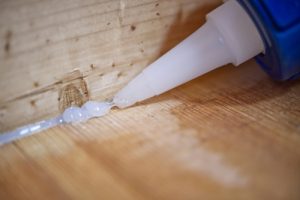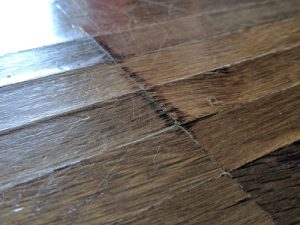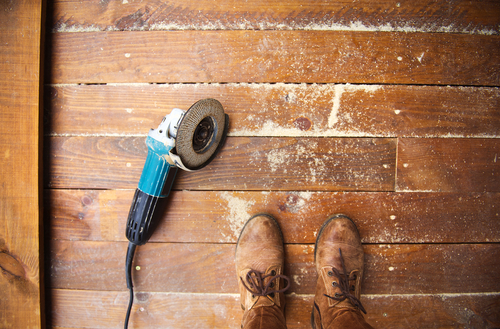Wood is a durable and beautiful flooring material. Wood floors can take the daily wear and tear yet still evoke charm. While wood floors are sturdy and can make a significant amount of usage, there are still going to be wood floor installation and finishing issues that you must know. When you know what these issues are, you’ll know how to avoid them correctly.
Professional flooring specialists – as certified by the National Wood Flooring Installation – will know what these installing and finishing problems are. They will also have the right tools and techniques to help you correct these flooring problems.
Irregular Gaps
Some wood floor installation projects will show some gaps between the boards – and this is a common occurrence and nothing to be concerned about. However, if the gaps appear too wide and irregular, then it’s time to examine the condition of your floors further.
Abnormal and irregular floor gaps definitely take away from the beautiful look of your wood floors. Keep in mind though that floor gaps should only be fixed if they negatively affect the aesthetics of your floors, not when they measure the same width of your wood floor.
Several factors contribute to wood floors moving – even when the wood floor installation is done correctly. However, if it’s properly installed by professionals who know what they are doing, the floorboards will hold together tighter and will move less – even during conditions that may make them move.
On the other hand, if the installation is not done right, abnormal and irregular gaps will appear. These gaps were usually the result of excessive humidity in the room or too much wetness when the flooring was initially installed.
For instance, if the wood floors were installed in rooms where there’s too much sunlight, or overheating ducts, or homes using wood stoves, then the dry environment may result in abnormal gaps within the floors.

Flooring professionals prefer not to use wood filler to fix floor gaps. Typically, they use their tools to put slivers of woods and glue them to the floorboard edges. They’ll know how to apply wood glue properly, so they don’t glue any of the floorboards together.
Cupping
When the bottom surface of a floorboard is wetter than the top, the edges of the floor “cup.” Wider floorboards are more susceptible to cupping. However, this wood floor issue may also affect strip floors.
Typically, cupping occurs when the wood floor installation is not done right. When the flooring is installed over a crawlspace or a basement, the floors tend to cup.
Before installation, an experienced flooring specialist will know to install a vapor retarder to prevent cupping. This material slows down the moisture from moving around the floorboards. Depending on the type of floor planks, different vapor retarders are used.
Buckling
When there’s too much moisture in a room, wood floors get too moist. This leads to the floorboards expanding to the point that the top layer separates from the subfloor, snaps trims from the wall, or shifts door frames. This issue is called buckling.
Floors also buckle when it’s installed in damp basements (because of flooding), or if it’s installed when the subfloor is excessively dry. Whatever the case may be, buckling is a result of incorrect floor fastening and unsuitable moisture conditions. Floor fasteners may be the wrong size, or the boards may be too far apart.
When it comes to glue-down wood floor installation, using incorrectly sized trowels may result in a weak bond between the subfloor and the floorboards.
Buckling can typically be fixed by refastening the buckled floors. Other times, the affected floorboards may need to be removed entirely, especially when the grooves and tongues are cracked or completely torn apart. Either way, a professional flooring installer will know that buckling can’t be fixed entirely without addressing the moisture content of the subfloor or floorboards first.
Peeling Finish

When the flooring is not adequately prepped or if it’s been contaminated, the finish or coating of your floors may peel off or flake over time. Using high-grit sanding paper can also affect the surface, making the finish not adhere to the floorboards.
In addition, cleaning between coats, incorrect abrading, not waiting for the topcoat to dry before adding a new layer or using incompatible coatings or finishes may lead to peeling.
These and other wood floor installation issues may all be avoided if you hire an experienced and reliable flooring company right off the bat.
